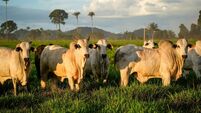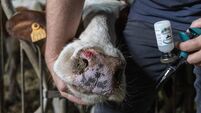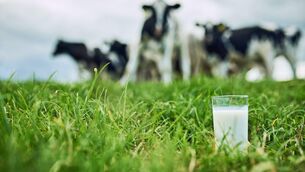Valuable autumn milk from well-fed cows
Milk yields have been left drop too far in many herds, due to inadequate supplementation, and it will be difficult to get decent autumn milk yields in these herds.
Some similar farms where 2kg to 3kg of concentrates was fed, with perhaps some good quality baled silage, maintained yields over four gallons. In fact, I am aware of some top-performing spring calving herds that were fed 4kg of concentrates and 5kg (dry matter) of good quality baled silage, with a fairly tight supply of grass, which had herd yields of almost five gallons (22 litre) with butterfat of 4.2% and protein of 3.6% in mid-September, and continued with more than four gallons into October. These are herds with well bred Holstein x British or New Zealand Friesian.













